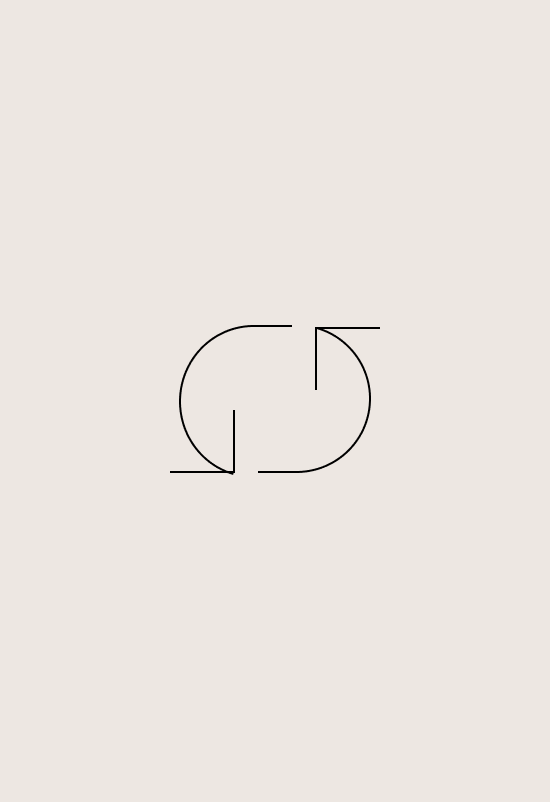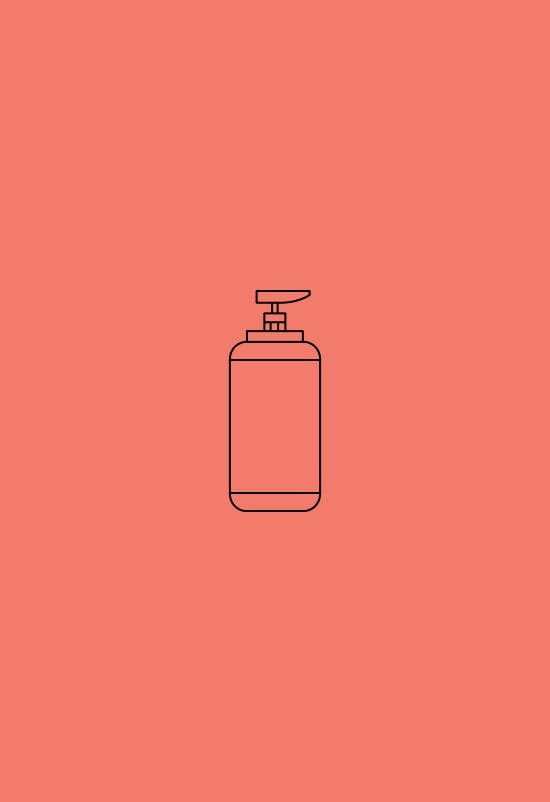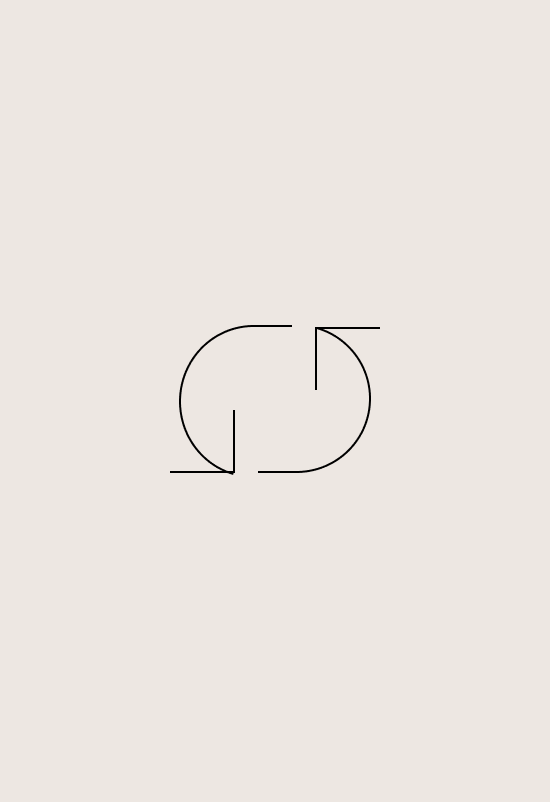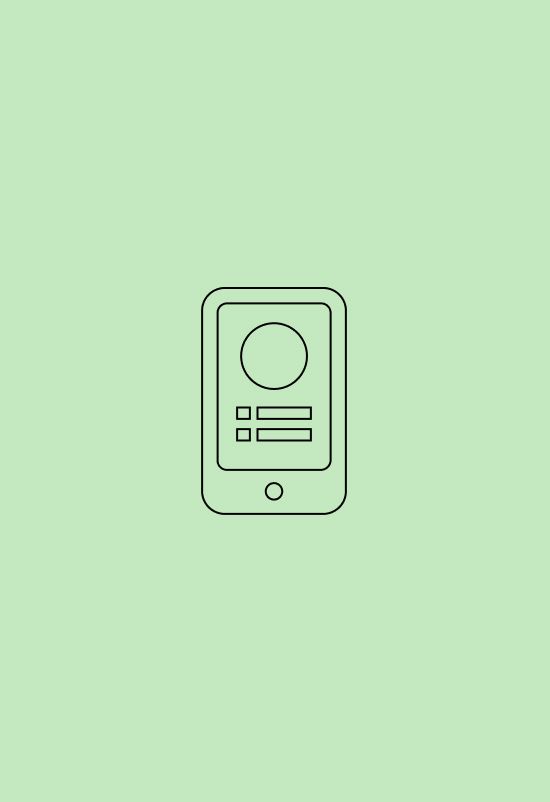Why Purchase Frequency matters
Purchase frequency is a traditional retail marketing metric CPG brands use to better understand customer behavior and their brand's position relative to its competitor set.
As a blended, average number, purchase frequency helps brands understand how often consumers purchase a product in a given time frame. Though helpful, brands with DTC channels can get more actionable insights by looking at a similar, more granular metric: Replenishment intervals.
As you'll see in this post, replenishment intervals nicely augment purchase frequency data, allowing brands to still understand their position in the market while getting a better understanding of how their product is actually used.
What is Purchase Frequency?
Purchase frequency is the number of times a customer buys a specific product within a specified time frame.
Why is Purchase Frequency measured?
Measuring purchase frequency allows you to track how well you can retain existing customers and possibly monitor their spending habits. Purchase frequency is a key component to RFM modeling, and gives brands insights into lifetime value and product performance. It can also help improve sales forecasting and guide strategic decisions, like whether to offer a subscription offering.
More importantly, though, purchase frequency is an apples-to-apples comparison across channels, giving you a clear look at whether your repeat rate is higher in one channel versus another.
Below are some of the benefits of measuring purchase frequency.
Tracking customer lifetime value (CLV)
Purchase frequency is one of the key metrics needed to calculate CLV. Lifetime value measures the revenue or net profit you can generate from a customer over a lifetime. It lets you know how valuable a business can be or how much it should spend to acquire customers.
See which products are popular and worth promoting
Purchase frequency gives brands insights into product performance. It can help improve sales forecasting and guide strategic decisions. When you have this information, you'll be in a better position to make marketing decisions. For example, do you go on promoting your best-performing products? Or do you increase your ad spend on another product with great potential but needing a little push?
Determine if a subscription model is worth it
If you offer a subscription today, you should compare purchase frequency of subscribers to non-subscribers to understand whether subscription does, in fact, "lock in" customers to a larger degree than non-subscribers. For brands that don't offer subscription, purchase frequency can help in evaluating whether that offering is wise. If you have a product that's not purchased as frequently as you'd expect, you might start with a consumer survey on why that is and probe into whether subscription or repeat enablement tools would be a helpful service to those customers.
How to calculate Purchase Frequency
When devising strategies to increase profitability, the best place to start is measuring how well you're retaining your current customer base. Purchase frequency is one of the many customer retention metrics CPG brands can use to guide their advertising and marketing decisions.
Purchase frequency provides a broad view of your customer habits over a time period. However, to get the best results, you'll want to measure purchase frequency over an extended period of time. For CPG brands, especially in their DTC channel, a year is a good starting point. (As you’ll see below, though, you may want to adjust based on your replenishment intervals.)
Purchase frequency = Total number of orders / number of unique customers
Another vital point to note when calculating purchase frequency is that you have to count unique customers. Counting repeat customers would skew your results because you'd also be considering duplicate purchases.
Here are additional metrics to consider when tracking purchase frequency.
How to calculate Repeat Purchase Rate (RPR)
Repeat Purchase Rate reveals the percentage of shoppers that have made more than one purchase from your brand. It's one of the vital customer retention metrics, and it provides an insight into how much value you're offering your customers.
RPR = number of customers who bought more than once in the set time frame / Total number of customers
A good RPR indicates your customers like buying from you. However, RPR can vary widely from industry to industry. For example, if you sell high-price, long-lasting items such as washing machines, your RPR would naturally be lower than another seller that deals in fast-moving consumables such as toothpaste.
How to calculate Time Between Purchases (TBP)
Time Between Purchases measures how long a repeat customer goes before making another purchase. This metric allows you to target email marketing campaigns or text message reminders to suit your customer's behavior. For example, if customers exceed the usual TBP for a product, you can send a 'we miss you' message hoping they're reminded to make the purchase.
Time between purchases = number of days / purchase frequency
As with repeat purchase rate, time between purchases varies significantly from industry to industry. For example, if you're selling phone cases, you cannot compare your TBP with a snack foods brand. Find reliable benchmark data to grade yourself here.
Limitations of Purchase Frequency
Purchase frequency is, no doubt, a helpful customer retention metric. At its best, it provides valuable insights into customer behavior and your stores' performance. However, purchase frequency has some limitations that limit its applicability. Here are a few of them:
1. More focused on traditional retail
Purchase frequency as a retention metric is often referred to as a 'laggy metric' because it's more applicable to traditional retail. Furthermore, it's not suitable for spotting customer retention trends in the short term. If you want the best results, you have to measure them over extended time periods, which corrects for short-term anomalies.
2. Doesn’t account for customer segmentation
Purchase frequency as a customer retention metric treats all customers as the same. For businesses with wide demography of customers, segmentation based on purchase frequency is almost impossible, which is not good news for marketers. The more you're able to segment individual customers into small niches, the better you'll get at sending targeted marketing messages.
3. Hard to track when accounting for subscriptions
Tracking purchase frequency becomes harder when accounting for subscriptions. Subscribers and frequent buyers generally have different behaviors than traditional customers. Since purchase frequency doesn’t account for customer segmentation, tracking such various buyer behaviors with the metric becomes more challenging.
Why replenishment interval is a powerful alternative to purchase frequency
Replenishment interval is the time it takes a typical customer to make a repeat purchase of a particular product. Although it's less popular than purchase frequency, it's a metric for CPG brands looking to make informed decisions.
Here are four advantages of replenishment interval as a retention metric:
1. Specifically measurable for DTC
Replenishment interval measures the amount of time between a customers' first purchase and second purchase or subsequent purchases. The metric is handy for brands who sell direct-to-consumer, because it provides a peek into the behavior of the end-user. That way, it becomes easier to segment your buyers and devise customer acquisition or retention strategies tailored to their preferences.
2. Can be analyzed by segment to understand channel performance
If you're analyzed channel performance through the lens of retention and repeat purchase behavior, look at both replenishment intervals and purchase frequency to better understand what type of customers each channel is bringing in.
3. Can be used to create segments for better-timed marketing campaigns
As you acquire different customers who use your product differently, they'll naturally sort themselves into use case segments with different replenishment intervals. To stay relevant across these segments, you'll want to segment your promotional efforts, specifically timing of your emails and SMS campaigns, to best time your triggers with when a customer is most likely to repurchase.
4. An alternative starting point for goal of increasing purchase frequency
Here's a track you might be familiar with. Build loyalty program, get loyal customers, improve customer experience, and finally, increase conversion rates. By all means do that. But replenishment intervals represent an entirely different vantage from which to think through purchase frequency.
A typical customer value formula aims to increase customer loyalty and average order sizes. What about people who buy once and never return? Replenishment intervals helps you get from purchase 1 to purchase 2.
The loyalty program ask is kind of a big one for customers in product trial mode. After first purchase, all we really know about a customer is that they wanted to try our products. Asking them to join a loyalty program a bit presumptuous. Asking them to buy again feels a lot more natural.
Analyzing purchase frequency can provide valuable insights into customer satisfaction and behavior on your ecommerce website. However, purchase frequency may not be the most useful customer retention metric, especially for brands looking to spot short-term trends. You should analyze purchase frequency alongside other metrics such as replenishment interval rate in such cases.











